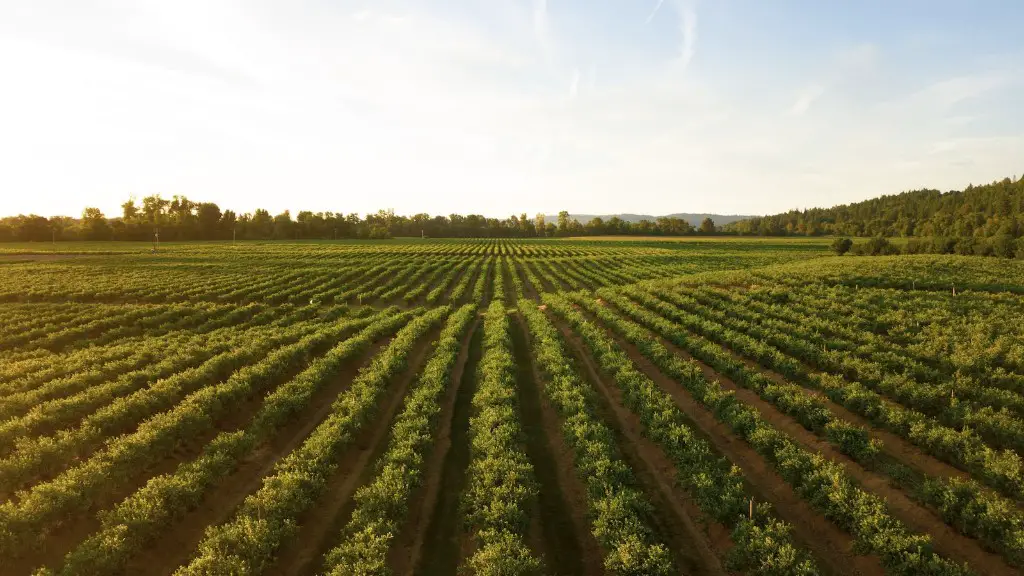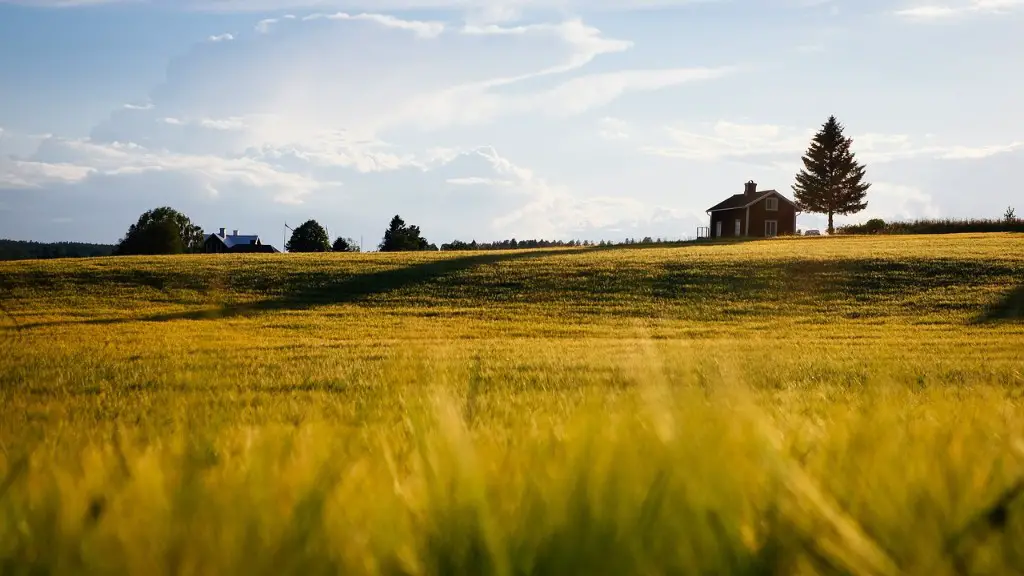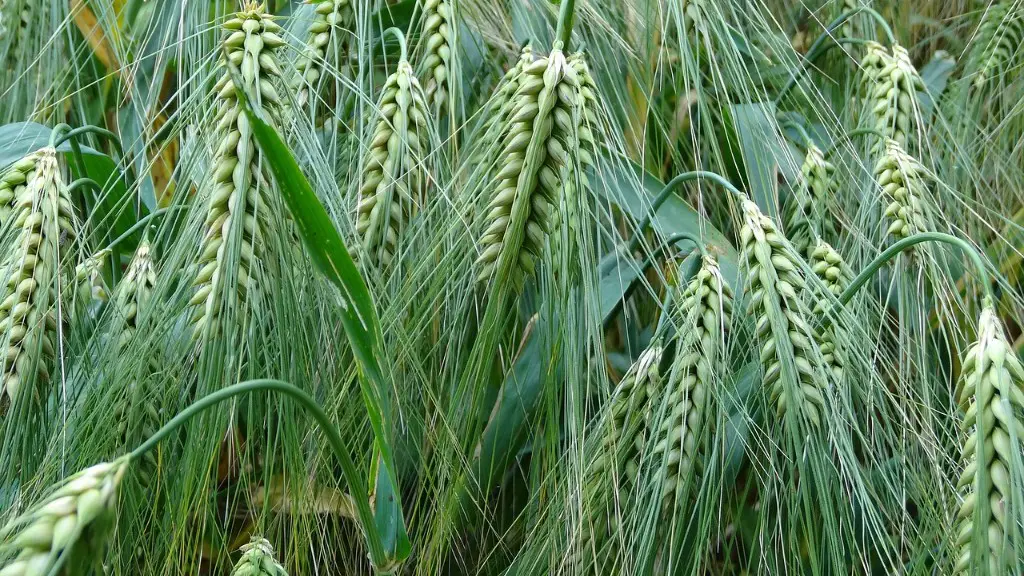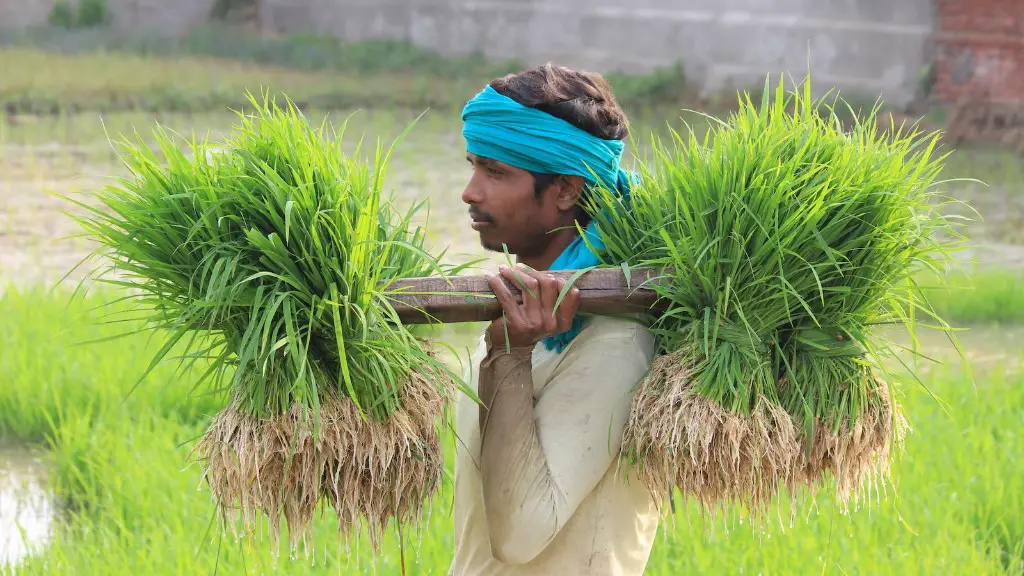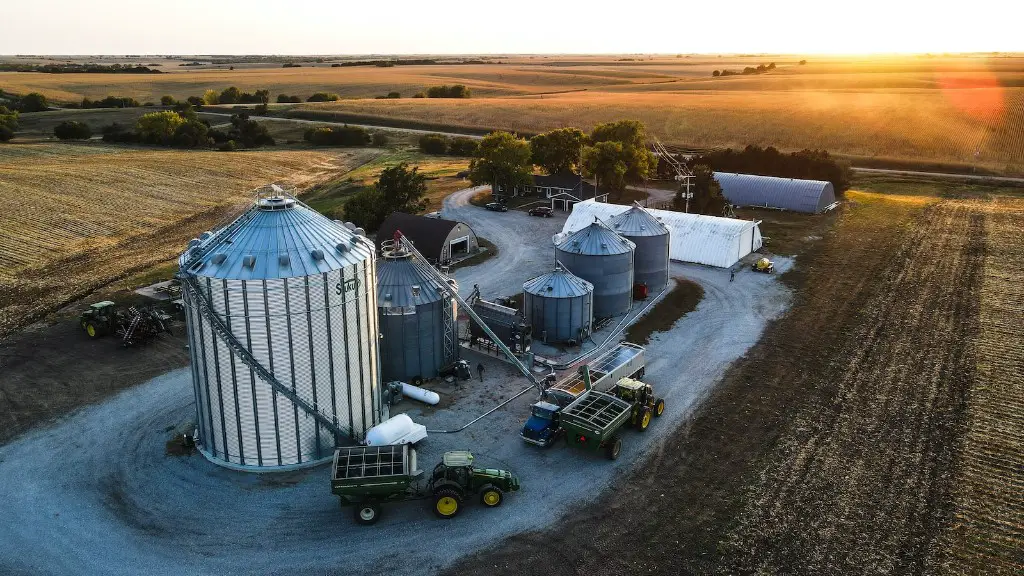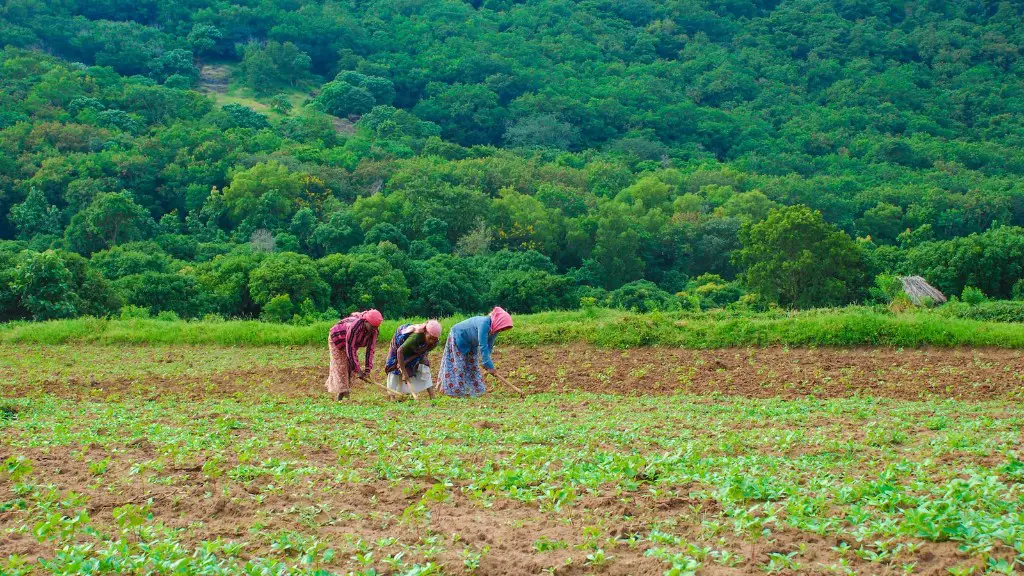For centuries, humans have relied on the practice of agriculture to sustain their populations. But when did humans begin to systematically nourish the land and develop cultivable crops? The answer might surprise you. Systematic agriculture began much earlier than many people think.
Researchers believe that settled, human agriculture may have started nearly twelve thousand years ago; some estimates place it as far back as twenty thousand years ago. The evidence suggests that systematic agriculture practices began simultaneously in numerous regions across the globe.
The earliest crops were wild, nutrient-rich grasses like barley and wheat. Scattered around the Mediterranean and the Middle East, these grains could be found on the region’s hillsides. People began harvesting these grains, storing them for later cooking and eating.
Archaeological evidence suggests that humans continued to practice crop gathering and storage using primitive tools, like stone-tipped spears and wooden mortars, for centuries. As populations grew and open-air granaries and silos became needed, humans began tilling the land around them.
With the land tilled and crops protected, humans began to selectively breed crops for beneficial traits like drought resistance, hardiness, size, or taste. Once domesticated, these crops could be planted and grown again and again, allowing settlements to build a stable provision.
Crop rotation and irrigation systems were subsequently developed, allowing humans to bring productive soils to their lands and feed larger populations than ever before. Systematic agriculture thus became an integral part of human development.
The Development of Farming Practices
Since the earliest days of systematic agriculture, farmers have been innovating new methods to maximize production and increase their yields. Predators were fenced out, pests were repelled, and new crops were bred. These advances allowed for higher crop yields and increased nutrition for those living on or near the farm.
Modern farming has embraced many of the practices and advancements of early agriculture. Today’s farmers use technology and aggressive crop rotation practices to improve crop quality, new plowing and harvesting methods to ensure not just the safety of the crop, but also its nutrition, and better storage systems to help protect the value of their crop over time.
Additionally, the use of pesticides, herbicides, and insecticides have allowed farmers to control many of the pests and diseases that have long been a detrimental factor to both their crop and their profits.
However, with the advances in recently-developed practices, farmers face a continued challenge to their bottom line. This is largely due to the fact that the food chain has become so efficient that farmers must compete with high-volume producers and large-scale distributors, making it difficult to make a profit on their goods.
Farmers must therefore strive to maintain high-quality goods and compete through innovation. By creating unique goods and employing new technologies, they can set themselves apart and remain competitive.
The Effects of Government Policies on Agriculture
Government policies and regulations can have drastic impacts on the success of agricultural practices. For instance, trade tariffs created to protect domestic goods can cause massive losses for those in the agricultural industry. The same is true of subsidies provided to other industries or countries, as these have been known to undercut the price farmers are able to charge for their goods.
Environmental regulations can also greatly influence the success of farmers. Laws restricting the use of pesticides or protecting certain species of animals can make it difficult to properly manage the land.
Additionally, government policies are not always in agreement, forcing farmers to operate under different rules from one year to the next. This can cause significant financial strain, as any changes in regulation may require farmers to change their practices or invest time and money into new agricultural technologies.
Agricultural grants provided by governments can also make or break a farm. These grants can provide much-needed capital for farmers to purchase better seed and equipment, which makes a huge difference when yields are at stake.
It is thus important that governments provide beneficial policies to the farming industry. By providing support and creating regulations that benefit the agricultural sector, governments ensure the success of their countries’ farming industry.
The Impact of Agriculture on the Environment
Agriculture has had a tremendous impact on the environment. It has allowed humans to shape their environment and increase their available resources, and has changed the way humans interact with the land.
Agriculture has led to large-scale deforestation, as more trees are cut down to make way for new crops. This has had a major impact on global weather patterns, as fewer trees means less moisture in the air and fewer storms in certain areas.
Agriculture also contributes to water pollution, as runoff from fertilizer and other chemicals used on crops can leach into nearby waterways, leading to a number of environmental and health issues.
The use of pesticides, herbicides, and insecticides also has significant impacts on the environment, both in terms of air and water quality. These chemicals can cause long-term health problems, affecting not just people, but animals and plants as well.
Finally, agriculture can have an impact on biodiversity. As farms expand, ecosystems are changed or destroyed, leading to the loss of species, both plant and animal.
The Future of Agriculture
While the impacts of agriculture on the environment and the economy are clear, the future of farming is promising. As technology advances, so too do methods of agricultural production and management, leading to better yields and more efficient farming practices.
Organic farming has also become a major focus of the agricultural sector in recent years. Many believe that organic farming can reduce environmental and economic risks, while still providing a high-yield crop.
The use of renewable energy in the agricultural industry has also gained a lot of attention in recent years. Wind and solar power can help farmers power their equipment and reduce their reliance on oil and other fossil fuels.
In addition to these practices, genetically modified organisms have become a popular option for farmers. Genetically modified organisms (GMOs) allow for consistent crops, something that has not been possible before in agriculture.
The future of agriculture is thus bright. Despite the many challenges farmers currently face, the industry is changing for the better, and is likely to remain an integral part of the global economy.
